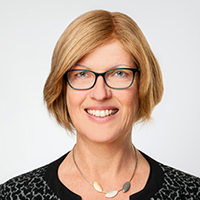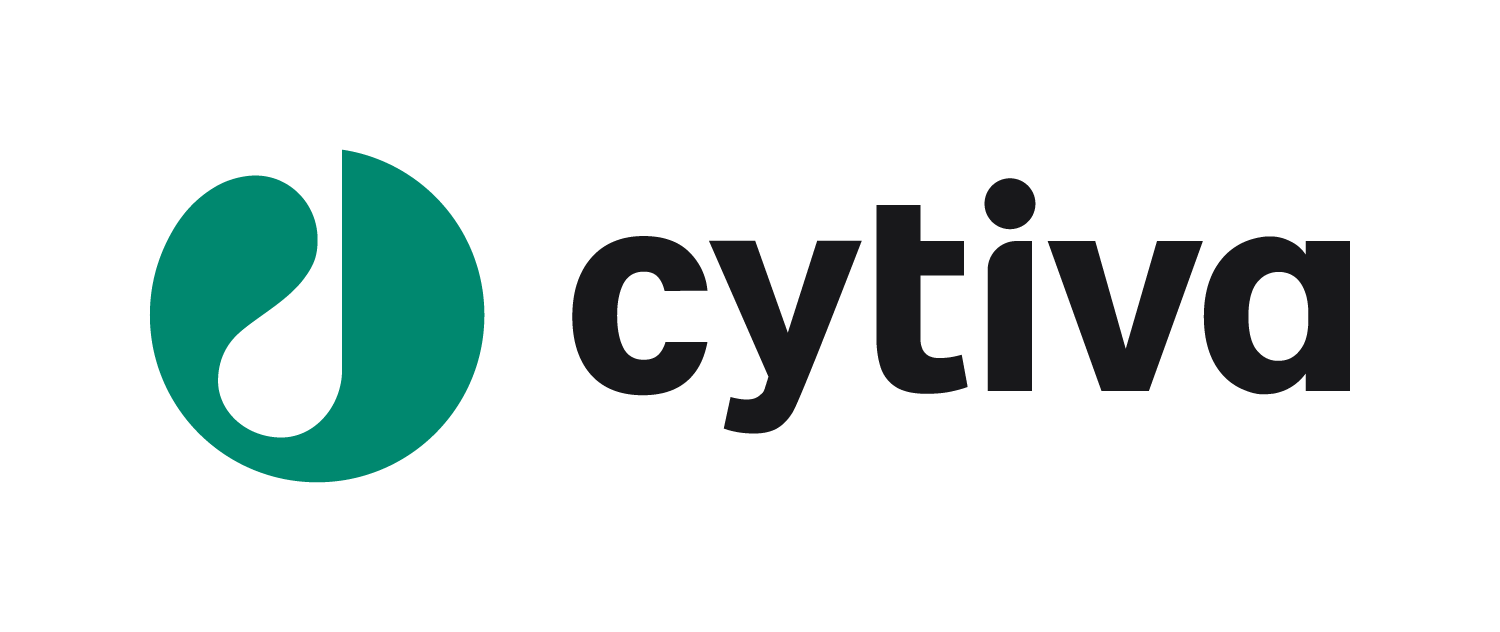Establishing an end-to-end vector manufacturing solution for the gene therapy industry
Cell & Gene Therapy Insights 2023; 9(2), 235–240
DOI: 10.18609/cgti.2023.035
Interview with Dr Nicole Faust, General Manager, Cell Line Development at CEVEC, now part of Cytiva
With demand for viral vectors from the cell and gene therapy space continuing to grow, is it time for a paradigm shift in vector manufacturing technology? In this interview, Nicole Faust (General Manager Cell Line Development at CEVEC, now part of Cytiva) discusses current challenges, potential solutions, and considers the future of the AAV manufacturing landscape.
The Alliance for Regenerative Medicine CEO Timothy D Hunt recently emphasized that the cell and gene therapy field is clearly gaining pace, with up to 14 new approvals by regulatory authorities anticipated in 2023. What challenges is the industry currently facing, and how can the manufacturers of gene therapies adapt to keep up with this pace?
NF: Actually, the situation is even more challenging as we are not only seeing an increase in therapies, but we also have noticed a switch from ultra-rare and rare to prevalent and common diseases. This is evidenced by the fact that 58% of ongoing clinical trials with gene therapies are in these large indications. This all leads to an enormous demand for viral vectors that current vector manufacturing technologies are struggling to meet. The whole industry needs to prepare for a paradigm shift regarding the technologies used. We have seen a similar development in the past with monoclonal antibodies, which nowadays are successfully manufactured using standardized technologies based on stable producer cell lines.
Looking at current viral vector manufacturing, we see the industry working on a variety of different technologies and processes. Even for viral vector products that are filed for or entering clinical trials, the manufacturing methods are not yet fixed. This is a bit like building the plane while flying, isn’t it?
NF: You’re right – this is due to the lack of reproducible and, ultimately, standardizable large-scale manufacturing systems. The cell and gene therapy industry as a whole is still in its infancy. It started with treatments for rare and ultra-rare diseases where small quantities of vector material are sufficient not only for completion of trials but also for commercialization. The need for advanced production technologies wasn’t that pressing. However, this is changing as the current standard manufacturing technology, transient transfection, clearly reaches its limits in the large scale.
Further, the pressure is not only increasing due to the high demand; I also believe the cell and gene therapy field will face much stricter requirements from regulatory authorities. While various manufacturing technologies are allowed today, we anticipate from other therapy fields that standardization will be required from the regulatory side. The aim here is to have a reliable technology that ensures the highest product quality possible, in a robust, reproducible, and optimizable format. The question now is how to best meet these requirements. The answer, in my opinion, can only be to establish a new industry standard via a production platform based on stable cell lines.
If I take your assumption that the industry will move towards a small number of standard manufacturing technologies in the future, with stable cell lines being one of them, can you give an overview on the current status of stable cell line systems for the most commonly used AAV vectors? What will the ideal stable cell line system need to look like to meet the future requirements of the industry?
NF: This is a good point – ‘stable cell lines’ is a term that is widely used in the industry and claimed by a number of companies. But a closer look at the underlying technologies reveals that the term refers to different approaches, such as production systems that still require the addition of helper viruses. With the need for consistency and further optimization options, a true stable manufacturing technology should be based on a producer cell where really every component needed for adeno associated virus (AAV) manufacturing is stably integrated into the genome of the cell. This means that for the manufacturing step – even at very large scale – no additional component is needed. As expression of AAV genes is toxic to the cells, an inducible system based on stable producer cells, such as ELEVECTATM, is very desirable. This way, viral vector production can be tightly controlled, and the production process can be scaled up to large stirred-tank bioreactors.
What is your view on the future of transient manufacturing systems?
NF: I believe transient transfection will stay relevant to the market. Especially in early research phases, where the therapeutic is not yet fully defined, vectors will continue to be produced using a transient approach. In addition, for therapies where smaller amounts of vectors are needed, the transient setting is a suitable option. It is flexible with respect to the specific vector produced, and the route to good manufacturing practice (GMP) material is initially slightly faster. We are therefore also optimizing our suspension HEK293 cell line, which forms the basis for ELEVECTATM,for transient transfection. This allows us to offer a platform for initial product development on a production cell with the same genetic background.
You mentioned that transient transfection is faster – and speed is of course highly relevant for therapeutic companies looking to enter clinical trials. Your view is that manufacturing technologies based on stable cell lines will become the standard technology for viral vectors. But as cell line development takes time, how do you address your clients’ need for speed?
NF: Developing a stable producer cell line for a therapeutic takes time, but that does not necessarily mean that you have to wait until the producer cell line is finalized to get material. AAV material can already be produced after 6–8 weeks from a so-called stable polyclonal pool while developing the fully stable monoclonal producer cell line. Using this approach, you can kill two birds with one stone: you get material early and this material is based on the same parental cell line.
We have considered the future AAV manufacturing technology landscape – but what else is needed to transform the manufacturing industry into an affordable cure provider for patients in need?
NF: I believe the answer is to provide an integrated solution to the market by offering an end-to-end process for manufacturing clients. This starts with biology, meaning customized cell line development services, and continues via fully integrated process development (upstream and downstream) to improve manufacturing of a commercial-ready product. Optimization can be done on so many levels that, consequently, the best solution you can get is a system in which all components are optimally coordinated. With the acquisition of CEVEC, Cytiva has made an important step towards completing its end-to-end solution.
Affiliation
Nicole Faust
General Manager, Cell Line Development,
CEVEC, now part of Cytiva
Authorship & conflict of interest
Contributions: The named author takes responsibility for the integrity of the work as a whole, and has given her approval for this version to be published.
Acknowledgements: None.
Disclosure and potential conflicts of interest: Faust N discloses she is an employee of CEVEC, now part of Cytiva. She has royalites for a patent (WO2019057691A1). She is Chair of Gene Therapy Advisory Committee (Alliance of Regenerative Medicine, ARM). Lastly she has stocks/stock options with Danaher.
Funding declaration: The author received financial support for the research, authorship and/or publication of this article from Bundesministerium für Wirtschaft for grant projects.
Article & copyright information
Copyright: Published by Cell and Gene Therapy Insights under Creative Commons License Deed CC BY NC ND 4.0 which allows anyone to copy, distribute, and transmit the article provided it is properly attributed in the manner specified below. No commercial use without permission.
Attribution: Copyright © 2023 Cytiva. Published by Cell and Gene Therapy Insights under Creative Commons License Deed CC BY NC ND 4.0.
Article source: This article is based on an interview with Nicole Faust.
Revised manuscript received: Mar 9 2023; Publication date: Mar 21 2023.


